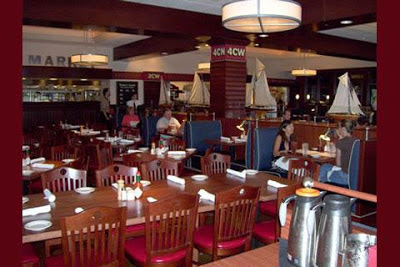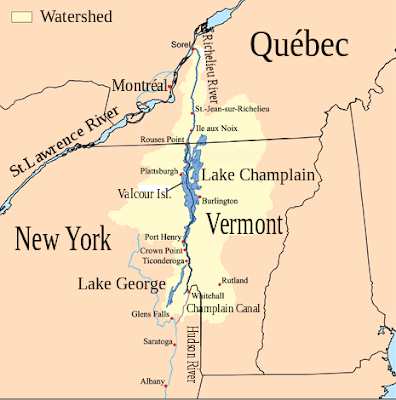All of my memories of Manhattan come from one of my favorite shows as a kid, Family Affair,
the six-season (1966-71) long melodrama which took place mostly in a high-rise apartment on E. 64th Street, just a couple blocks away from the south Central Park entrance near the zoo.
It seemed every few episodes French or Uncle Bill would take Buffy and Jody down to the Park for a little 'green time.' In heartfelt scenes depicting first-time male caregivers muddling through the daily tasks of the well-to-do raising kids in the big city, it was Uncle Bill's grandfatherly wisdom combined with French's insistence on precision that always managed to turn little troubles alright. Without research or a visit, those images of fake green studio sets might have been about all I'd have to hang onto. At another glance,
you find that even though Central Park is steeped in as much history as nearly any other part of the city, it looks like the park has maintained its allure as a landscape full of mystery, unfolding almost like pages in a giant story book.
One of my favorite stories is of Cleopatra's Needle, the ancient Egyptian obelisk located just west of the Metropolitan, at the west central edge. One of a grouping of four Egyptian obelisks unearthed and given to countries in Europe and the U.S.,
New York received this one as a gift back in 1879 from the Governor of Alexandria. What's most mysterious is to imagine how they moved and re-erected a 71-foot, 244 ton stone structure with limited funding and technologies? William H. Vanderbilt gave $100,000 for the venture, and the journey from Alexandria began by rolling the monument over a wooden contraption through a hole pierced in the hull of the steamer Dessoug.
Once at the Hudson River shores, the enclosed obelisk was transported along a special elevated rail track 10,095 feet which took 112 days, and finally installed at its current spot.
In something of a not-so-mysterious twist of fate, the heiroglyphs praising Thutmosis III along its side began to erode in the big city due to pollution and climate. An archivist in Egypt has warned that if the park conservancy doesn't restore the ancient script, Alexandrians might come back to get their ancient possession. Uncle Bill, an engineer, could have fixed it.








































